Plenty of recent mainstream news articles have touted AI’s ability to assist in the process of scientific discovery. But most of them predicted that it could take years or even decades to see the full effect. Astronomy seems ahead of the curve, though, with the announcement of a new AI system developed by researchers at Northwestern University and elsewhere that can now autonomously detect and classify supernovae.
Continue reading “A Machine Learning Algorithm Finds its First Supernova”Quenched Galaxies in the Early Universe
Recently, much attention has been given to massive, active galaxies discovered by the JWST in the early universe. But in contrast to these active galaxies, some galaxies that the JWST has discovered have been unusually quiet with little to no active star formation.
This is surprising because the early universe had a greater density of galaxies, leading to more interactions, and thus, more star formation. So finding galaxies in which star formation has been shut down so early has astronomers puzzling over the question how to kill a galaxy?
Continue reading “Quenched Galaxies in the Early Universe”Hubble Sees a Mysterious Flash in Between Galaxies
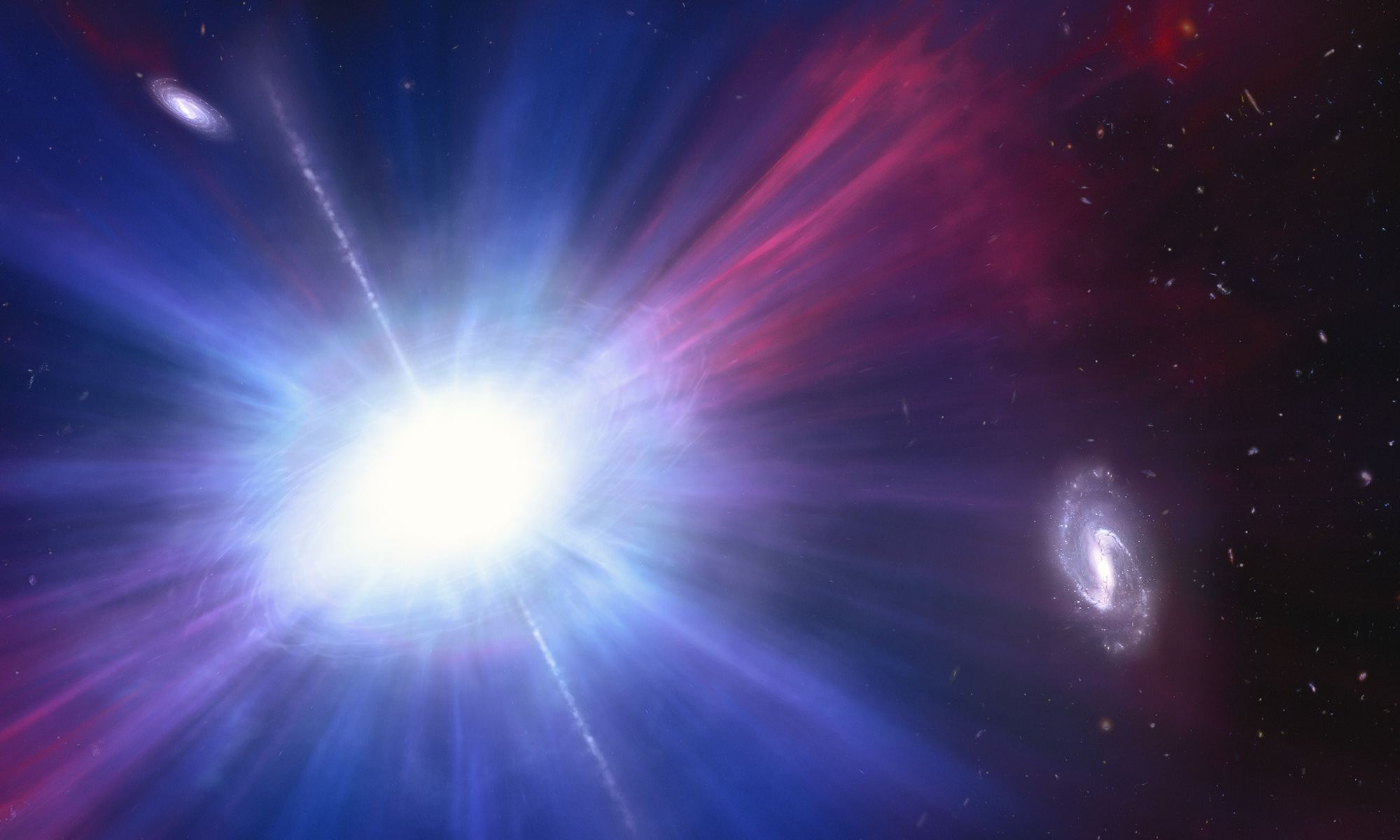
While the night sky may appear tranquil (and incredibly beautiful), the cosmos is filled with constant stellar explosions and collisions. Among the rarest of these transient events are what is known as Luminous Fast Blue Optical (LFBOTs), which shine intensely bright in blue light and fade after a few days. These transient events are only detectable by telescopes that continually monitor the sky. Using the venerable Hubble Space Telescope, an international team of astronomers recently observed an LFBOT far between two galaxies, the last place they expected to see one.
Continue reading “Hubble Sees a Mysterious Flash in Between Galaxies”A Star Threw Off a Sun’s Worth of Material. And Then it Exploded!
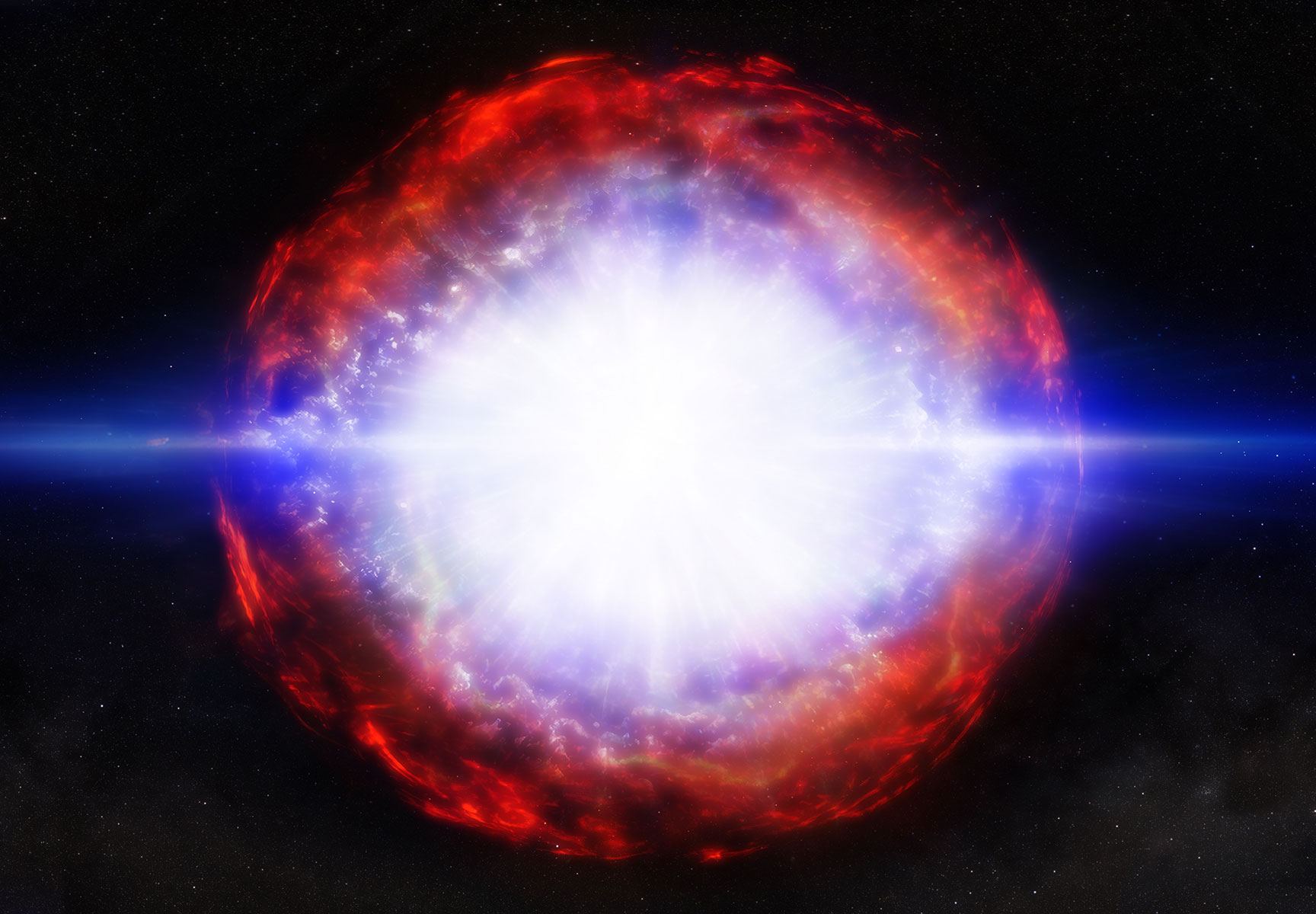
What happens just before a massive star explodes as a supernova? To figure that out, astronomers need to look at very “young” supernovae across multiple wavelengths of light. That’s what happened when SN 2023ixf occurred in May 2023. It turns out its aging progenitor star blew off a solar mass worth of material just before it died. Now, the big question is: why?
Continue reading “A Star Threw Off a Sun’s Worth of Material. And Then it Exploded!”Astronomers Have Been Watching a Supernova’s Debris Cloud Expand for Decades with Hubble
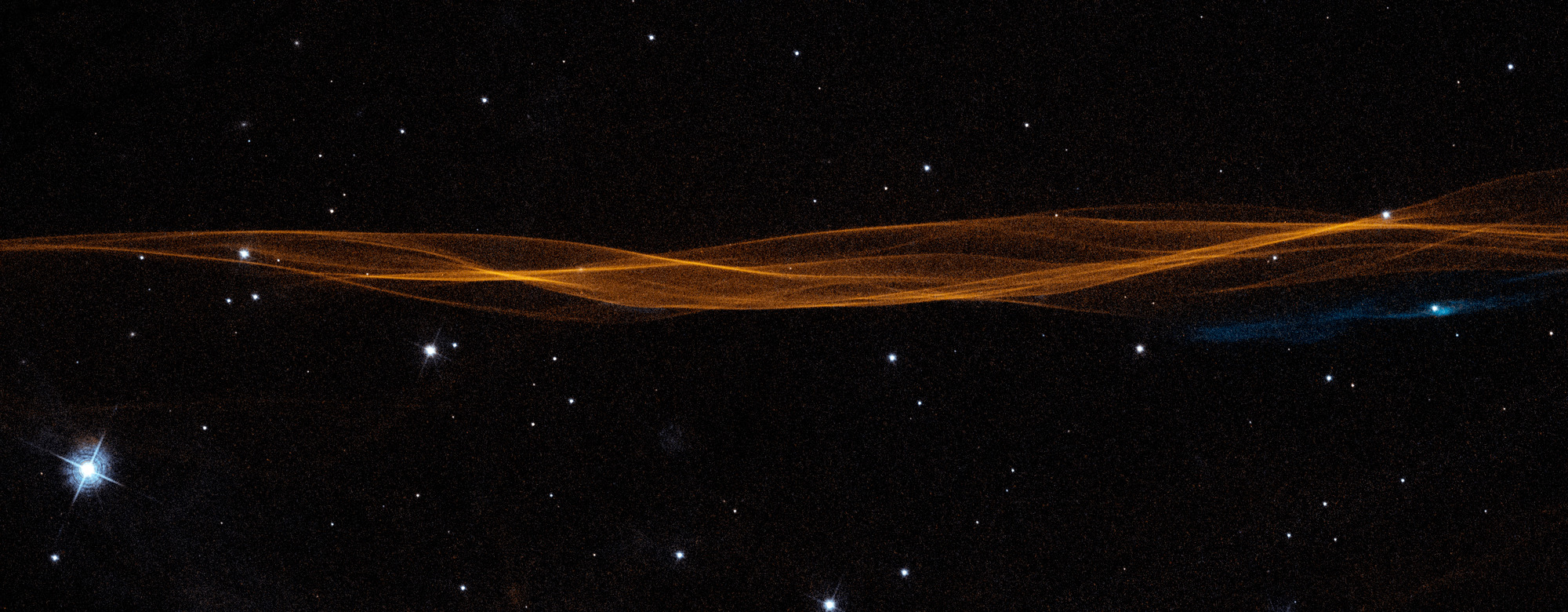
Twenty thousand years ago, a star in the constellation Cygnus went supernova. Like all supernovae, the explosion released a staggering amount of energy. The explosion sent a powerful shockwave into the surrounding space at half a million miles per hour, and it shows no signs of slowing down.
For twenty years, the Hubble Space Telescope has been watching some of the action.
Continue reading “Astronomers Have Been Watching a Supernova’s Debris Cloud Expand for Decades with Hubble”Astronomers Watched a Massive Star Just… Disappear. Now JWST Might Have Some Answers

In 2009 a giant star 25 times more massive than the Sun simply…vanished. Okay, it wasn’t quite that simple. It underwent a period of brightening, increasing in luminosity to a million Suns, just as if it was ready to explode into a supernova. But then it faded rather than exploding. And when astronomers tried to see the star, using the Large Binocular Telescope (LBT), Hubble, and the Spitzer space telescope, they couldn’t see anything.
The star, known as N6946-BH1, is now considered a failed supernova. The BH1 in its name is due to the fact that astronomers think the star collapsed to become a black hole rather than triggering a supernova. But that has been conjecture. All we’ve known for sure is that it brightened for a time then grew too dim for our telescopes to observe. But that has changed, thanks to the James Webb Space Telescope (JWST).
Continue reading “Astronomers Watched a Massive Star Just… Disappear. Now JWST Might Have Some Answers”Supernovae Struck the Earth 3 Million and 7 Million Years Ago
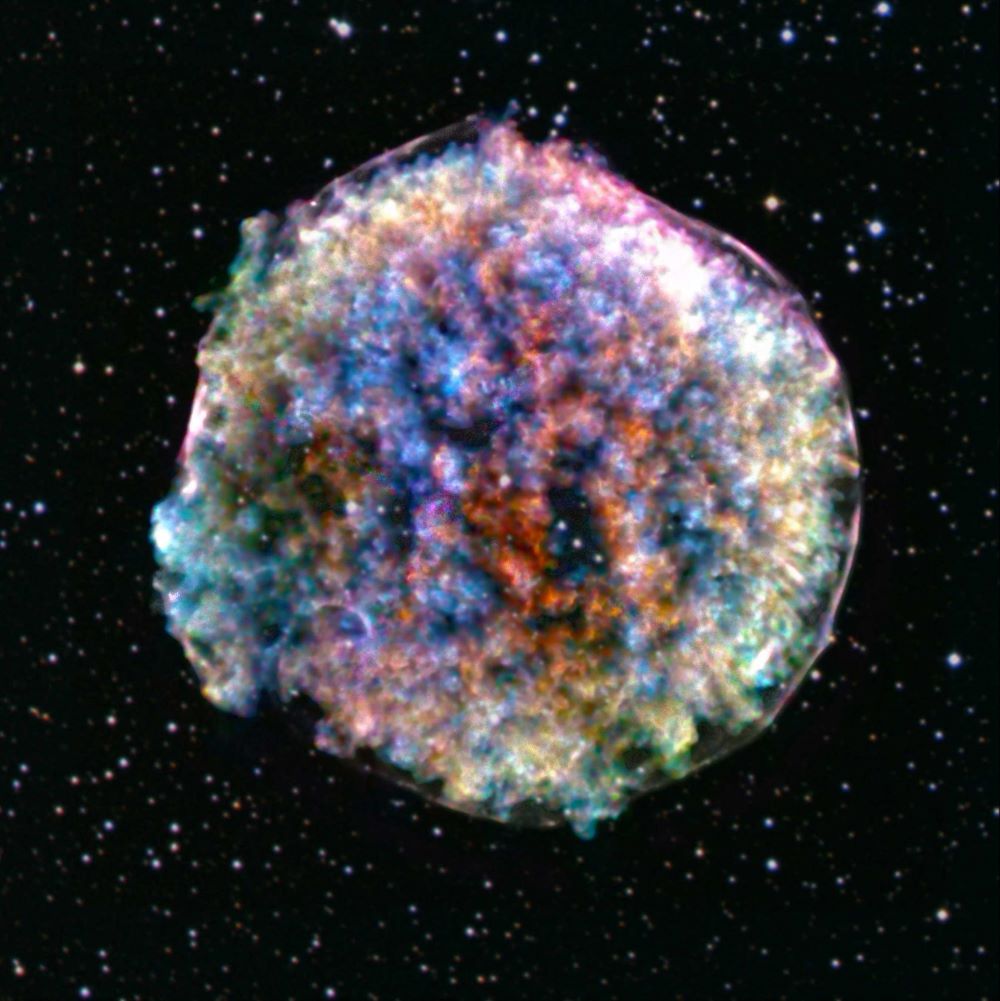
A recent study examines how the Earth was hit by blasts from supernovae (plural form of supernova (SN)) that occurred 3 million years ago (Mya) and 7 Mya with the goal of ascertaining the distances of where these blasts originated. Using the live (not decaying) radioactive isotope 60-Fe, which is produced from supernovae, a team of researchers at the University of Illinois was able to determine the approximate astronomical distances to the blasts, which they refer to as Pliocene Supernova (SN Plio, 3 Mya) and the Miocene Supernova (SN Mio, 7 Mya).
Continue reading “Supernovae Struck the Earth 3 Million and 7 Million Years Ago”This 3D Simulation of a Supernova Needed 5 Million Hours of Supercomputing
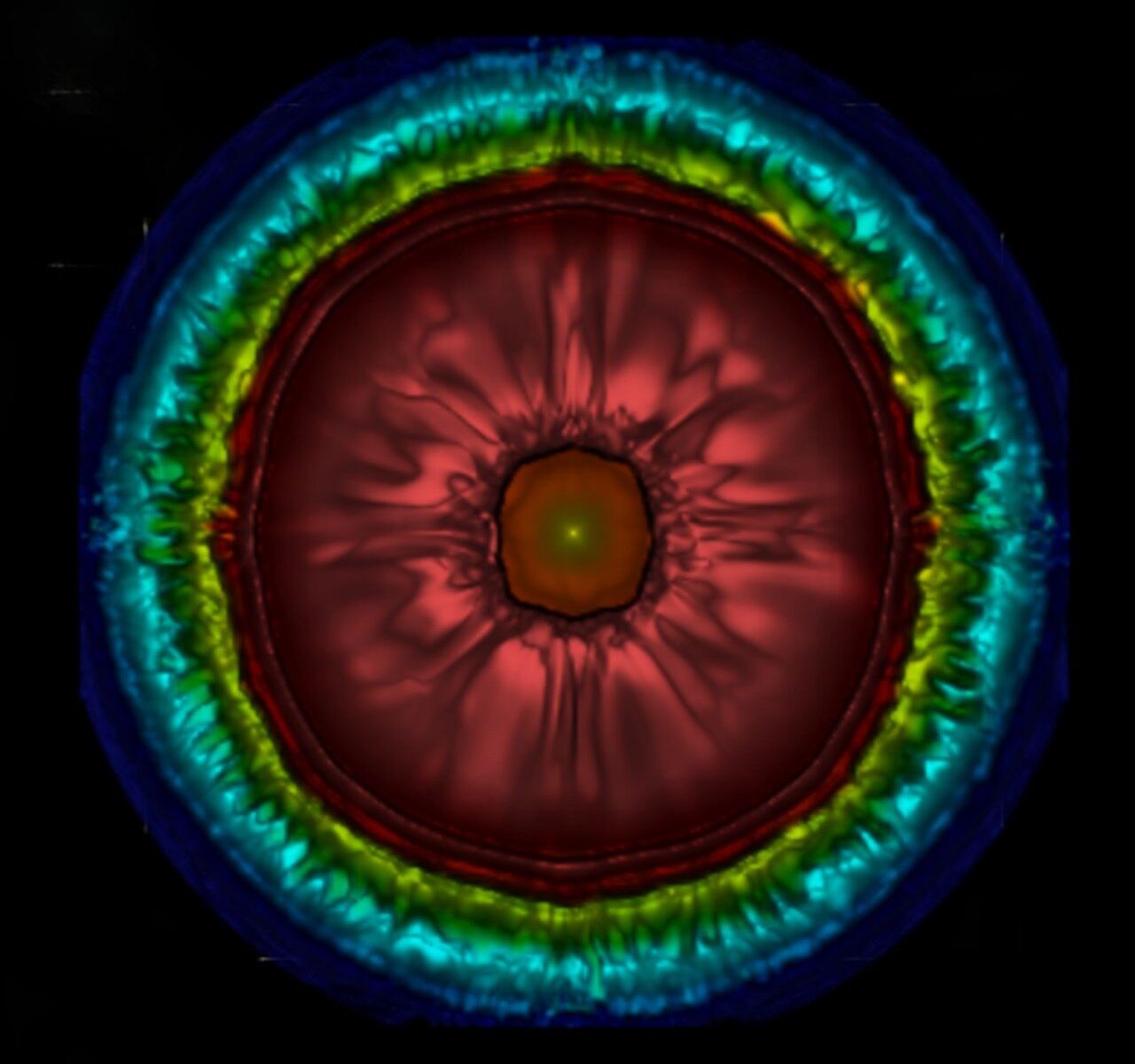
When the largest stars in the Universe run out of fuel, they detonate as supernovae, collapsing inward and leaving behind a neutron star, black hole, or just wholly vaporizing. What’s happening inside the unfolding explosion is difficult to understand, and especially so for so-called exotic supernovae, the rarest and brightest types of stellar explosions.
To better understand the dynamics of these rare supernovae, astronomers are using powerful supercomputers to simulate the process. After years of real-world research and millions of hours of supercomputer computing time, researchers have completed the first ever high-definition, 3D hydrodynamic simulation of exotic supernovae.
Continue reading “This 3D Simulation of a Supernova Needed 5 Million Hours of Supercomputing”A New Observatory Will Spot Core-Collapse Supernovae Before They Explode
The thing about a supernova is that you never know when it might occur. Supernovae are triggered either by a collision with another star or when the interior of a massive star becomes depleted of nuclear fuel and begins a rapid collapse. Neither of these show any major optical changes before the explosion, so we are left to scan the sky in the hopes of catching one in its early stages. But that could soon change.
Continue reading “A New Observatory Will Spot Core-Collapse Supernovae Before They Explode”The Closest Supernova Seen in the Modern Era, Examined by JWST
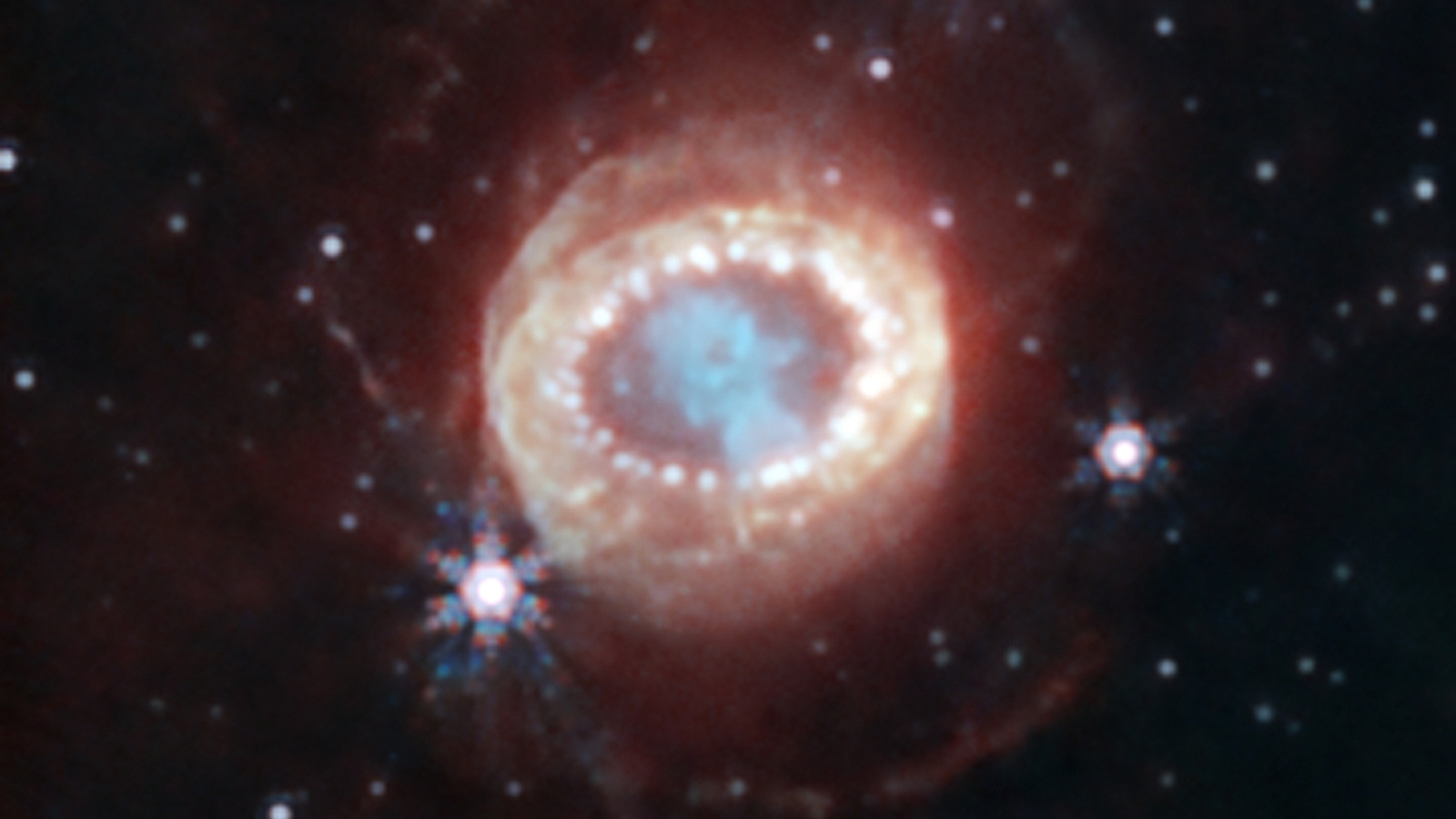
In November of 1572, Tycho Brahe noticed a new star in the constellation Cassiopeia. It was the first supernova to be observed in detail by Western astronomers and became known as Tycho’s Supernova. Earlier supernovae had been observed by Chinese and Japanese astronomers, but Tycho’s observations demonstrated to the Catholic world that the stars were not constant and unchanging as Aristotle presumed. Just three decades later, in 1604, Johannes Kepler watched a supernova in the constellation Ophiuchus brighten and fade. There have been no observed supernovae in the Milky Way since then.
Continue reading “The Closest Supernova Seen in the Modern Era, Examined by JWST”


